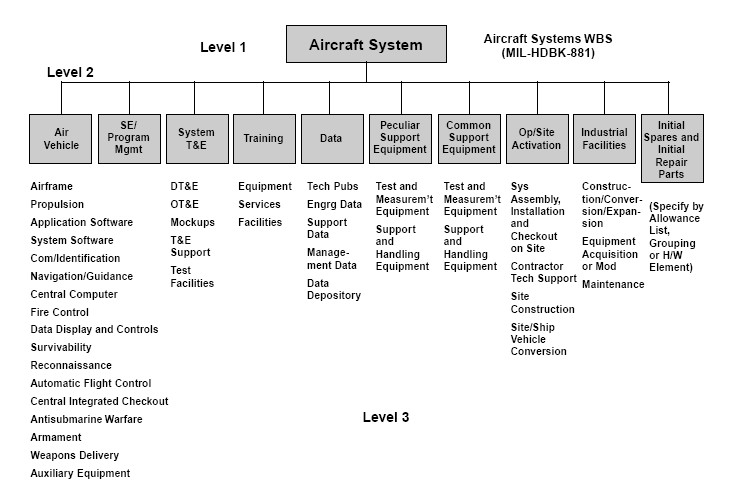|
Hammock Activity
A hammock activity (also ''hammock task'') is a schedule or project planning term for a grouping of tasks that "hang" between two end dates it is tied to. A hammock activity can group tasks that are not related in the hierarchical sense of a Work Breakdown Structure, or are not related in a logical sense of a task dependency, where one task must wait for another. Usage includes: * Group dissimilar activities that lead to an overall capability, such as preparations under a summary label, e.g. "vacation preparation"; * Group unrelated items for the purpose of a summary such as a calendar-based reporting period, e.g. "First-quarter plans"; * Group ongoing or overhead activities that run the length of an effort, e.g. "project management". The duration of the hammock activity (the size of the hammock) may also be set by the subtasks within it, so that the abstract grouping has a start date of the earliest of any of the subtasks and the finish date is the latest of any of the contents. ... [...More Info...] [...Related Items...] OR: [Wikipedia] [Google] [Baidu] |
Schedule (project Management)
In project management, a schedule is a listing of a project's milestones, activities, and deliverables. Usually dependencies and resources are defined for each task, then start and finish dates are estimated from the resource allocation, budget, task duration, and scheduled events. A schedule is commonly used in the project planning and project portfolio management parts of project management. Elements on a schedule may be closely related to the work breakdown structure (WBS) terminal elements, the Statement of work, or a Contract Data Requirements List. Overview In many industries, such as engineering and construction, the development and maintenance of the project schedule is the responsibility of a full-time scheduler or team of schedulers, depending on the size and the scope of the project. The techniques of scheduling are well developed but inconsistently applied throughout industry. Standardization and promotion of scheduling best practices are being pursued by the ... [...More Info...] [...Related Items...] OR: [Wikipedia] [Google] [Baidu] |
Project Planning
Project planning is part of project management, which relates to the use of schedules such as Gantt charts to plan and subsequently report progress within the project environment. Project planning can be done manually or by the use of project management software. Description Initially, the project scope is defined and the appropriate methods for completing the project are determined. Following this step, the durations for the various tasks necessary to complete the work are listed and grouped into a work breakdown structure. Project planning is often used to organize different areas of a project, including project plans, work loads and the management of teams and individuals. The logical dependencies between tasks are defined using an activity network diagram that enables identification of the critical path. Project planning is inherently uncertain as it must be done before the project is actually started. Therefore, the duration of the tasks is often estimated through a ... [...More Info...] [...Related Items...] OR: [Wikipedia] [Google] [Baidu] |
Work Breakdown Structure
A work-breakdown structure (WBS) in project management and systems engineering is a deliverable-oriented breakdown of a project into smaller components. A work breakdown structure is a key project deliverable that organizes the team's work into manageable sections. The Project Management Body of Knowledge (PMBOK 5) defines the work-breakdown structure as a "hierarchical decomposition of the total scope of work to be carried out by the project team to accomplish the project objectives and create the required deliverables." A work-breakdown structure element may be a product, data, service, or any combination of these. A WBS also provides the necessary framework for detailed cost estimation and control while providing guidance for schedule development and control.Booz, Allen & HamiltoEarned Value Management Tutorial Module 2: Work Breakdown Structure [...More Info...] [...Related Items...] OR: [Wikipedia] [Google] [Baidu] |
Dependency (project Management)
In a project network, a dependency is a link among a project's terminal elements. The A Guide to the Project Management Body of Knowledge (PMBOK Guide) does not define the term dependency, but refers for this term to a logical relationship, which in turn is defined as ''dependency between two activities, or between an activity and a milestone''. Standard types of dependencies There are four standard types of dependencies: # Finish to start (FS) #* ''A'' FS ''B'' means "activity A must finish before activity B can begin" (or "B can't start until A has finished"). #* image:Dependency-FS.png #* ''(Foundations dug) FS (Concrete poured)'' # Finish to finish (FF) #* ''A'' FF ''B'' means "activity A must finish before activity B can finish" (or "B can't finish before A is finished") . #* image:Dependency-FF.png #* ''(Last chapter written) FF (Entire book written)'' # Start to start (SS). #* ''A'' SS ''B'' means "activity A must start before activity B can start" (or "B can't start ... [...More Info...] [...Related Items...] OR: [Wikipedia] [Google] [Baidu] |
Level Of Effort
In project management, level of effort (LOE) is a support-type project activity that must be done to support other work activities or the entire project effort. It usually consists of short amounts of work that must be repeated periodically. Examples of such an activity may be project budget accounting, customer liaison, or oiling machinery during manufacturing. Since an LOE activity is not itself a work item directly associated with accomplishing the final project product, service or result, but rather one that supports such work, its duration is based on the duration of the discrete work activity it is supporting—oiling machinery will start when manufacturing starts and finish when it finishes. As a result, an LOE activity should never be on the critical path of the project schedule, as it never of itself adds time to the project. Rather, manufacturing would be on the critical path, and the oiling activity would become shorter or longer only if manufacturing does. LOE activ ... [...More Info...] [...Related Items...] OR: [Wikipedia] [Google] [Baidu] |
